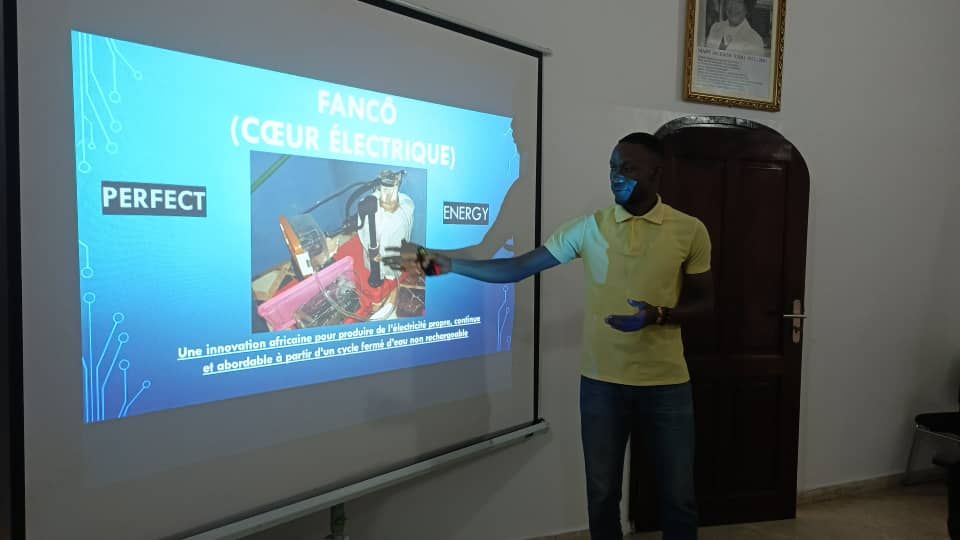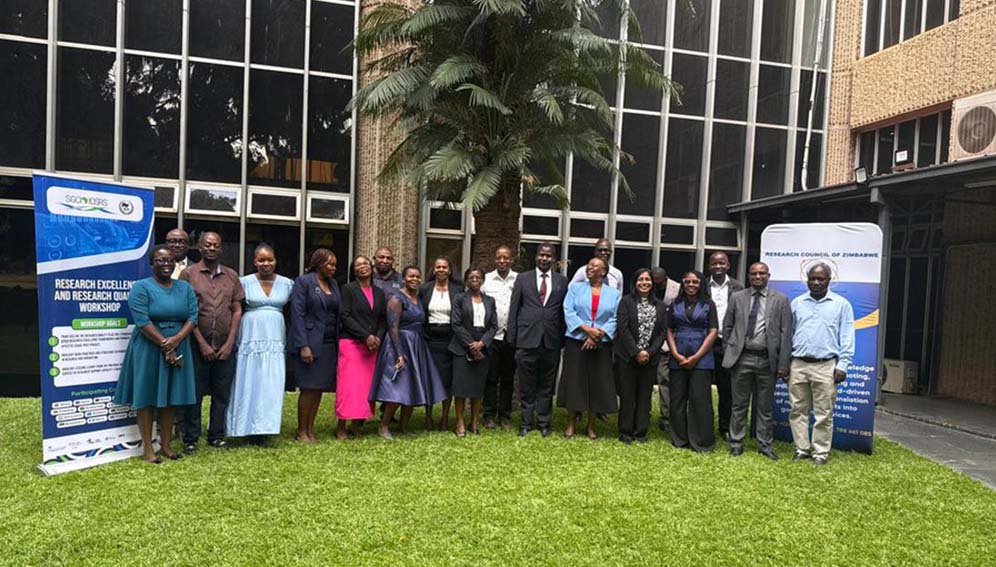SGCI News
[MAUN, BOTSWANA] Researchers in Botswana have converted ordinary sand into specialized mining chemicals that could slash the country’s mining operational costs by a third while ending its dependence on imported…
- Scientists turn local sand into specialized mining chemicals
- Innovation cuts mining costs 30 per cent while ending import dependency
- Multiple mining companies express interest in pilot testing
[MAUN, BOTSWANA] Researchers in Botswana have converted ordinary sand into specialized mining chemicals that could slash the country’s mining operational costs by a third while ending its dependence on imported chemicals.
Scientists at the Botswana International University of Science and Technology (BIUST) have developed a chemical compound for mineral extraction using locally sourced sand — an innovation they say has already attracted interest from mining companies keen to pilot the innovation.
Currently, Botswana imports 100 per cent of its mining chemical from China, South Africa, and the United States, creating costly dependencies and supply chain vulnerabilities.
From sand to chemical
The three-year project, which ran from 2021-2023, was funded by the Science Granting Councils Initiative and the Ministry of Tertiary Education, Research, Science and Technology, in collaboration with Zimbabwe’s Midlands State University.
Lead researcher Gwiranai Danha, a professor at BIUST’s Department of Chemical, Materials, and Metallurgical Engineering, explains the process is similar to making jelly from a sand and a thickening chemical mixture
The team uses local sand in a process called sol-gel synthesis, where tiny particles are transformed into gel to produce chemicals that extract valuable metals from mineral ores.
“Gradually, this liquid thickens and forms a gel-like material, which once solidified, creates tiny particles called nanoparticles,” Danha explained.
“The nanoparticles are further modified to enhance their properties for specific applications in mineral processing. The result is an innovative and unique material that can significantly improve the efficiency and sustainability of the mining industry in Botswana.”
Environmental benefits
Preliminary testing shows the locally produced chemicals deliver improved metal recovery efficiency while significantly reducing environmental emissions and achieving higher recovery yields.
Danha said there is “a significant reduction in environmental emissions and higher recovery yields, which translates directly to increased profitability.
“The project addresses environmental degradation by eliminating hazardous waste products, reducing chemical leaching into soil and water bodies, in addition to enhancing resource efficiency and reducing the need for aggressive extraction methods,” he said.
The environmental benefits extend beyond waste reduction. The use of local materials requires less energy and reduces the carbon footprint of mineral processing operations.
Positive
The mining sector’s response has been positive, Danha said.
“Several mining companies have already expressed interest in pilot testing.”
James Othapile, chemical engineer from Botswana and Fellow of the UK based Institution of Chemical Engineers, praised the project’s potential to drive growth in Botswana’s mining landscape through profit optimization and job creation.
He said that using local raw materials will boost the country’s Gross Domestic Product while reducing environmental impact.
However, Othapile says there is the need for careful commercial implementation, advising researchers to partner with specialists in engineering, procurement, construction, and management to design and optimize metallurgical plants.
“Commercial tests would have to be done in live plant environments with high safety, health, environmental, and financial risks to be considered,” he explained, stressing the importance of a water-tight business case and de-risked testing plan.
Beyond mining
Danha sees the innovation as a replicable model for resource-rich but environmentally sensitive nations.
“The project also demonstrates how locally led, sustainable innovation could drive industrial transformation while preserving natural ecosystems,” he said.
He adds that the innovation is “highly scalable and adaptable for water treatment in the agricultural sector as nano-fertilisers and manufacturing of advanced materials in sectors such as electronics and energy”.
Danha adds the innovation represents a blueprint for sustainable industrial development that other African nations could replicate.
This article was written by: Baboki Kayawe | 27 May 2025
Related News
Councils seek solutions to research financing crisis
African countries are working to strengthen research quality, ethical practice, and grant management through the Research Excellence and Good Financial Grant Practices Workshop. The Science Granting Councils Initiative (SGCI), together with the Association of African Universities and Senegal’s Ministry of Higher Education, Research and Innovation,…
Innovation awards boost Côte d’Ivoire’s national research drive
The Fund for Science, Technology and Innovation (FONSTI) opened the audition phase for the FONSTI Innovation Prize 2025, marking a decisive moment in a process launched earlier this year to strengthen Côte d’Ivoire’s innovation ecosystem. The auditions follow the official launch of the inaugural Innovation…
Zimbabwe moves to strengthen research governance
With the growing need to improve the quality, integrity, and impact of scientific work in the country, the Research Council of Zimbabwe (RCZ) has convened a three-day Research Excellence and Research Ethics Workshop aimed at strengthening governance and ethical standards across the national research system….
SGCI funded projects
Rwanda’s integrated approach to sustainable agriculture and nutrition
Project Titles & Institution Areas of Research Number of Projects being funded Project Duration Grant Amount In-Kind Distribution Council Collaboration with other councils





